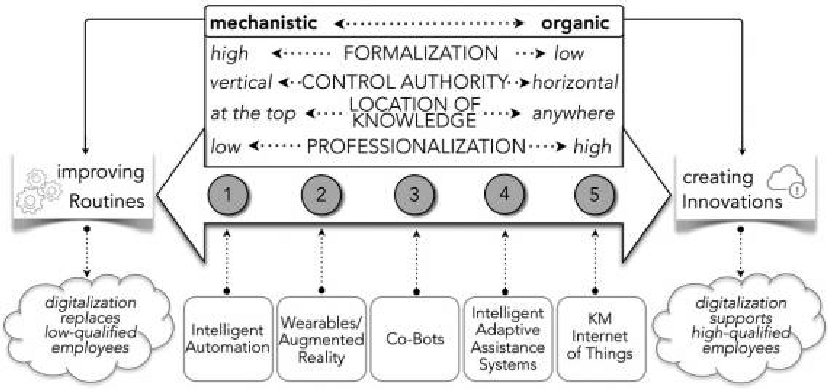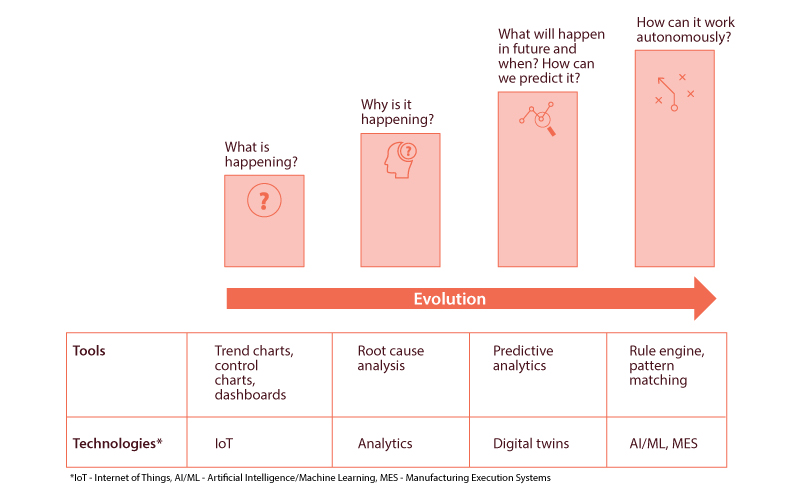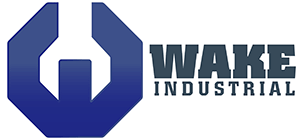A Revolution amid Evolution
14 October, 2019

Industry 4.0's Place in Human History
For now, let’s call Industry 4.0 a phenomenon. It’s still an initiative in the early formation of purpose and objective. We can look around the world and observe in various countries the spawn of many attempts at implementation under different names that are being swept under the umbrella of Industry 4.0. In the United States, it’s called the Second Machine Age. In China, it’s called “Made in China 2025” to signify an effort that has a timestamp on it. These individual names also signifies a competitive spirit among industrial nations to achieve their purpose and objective independent from the rest of the world. That will produce confusion and chaos, which needs to be sorted out. However, it does muddy the understanding of what’s going on. So, let’s backtrack a bit and clarify before we jump off the proverbial bridge.
A Little History but mostly Purpose and Objective
First, Industry 4.0 is a technological wunderkind, to borrow a German reference since Germany, after all, is the home for the birth of Industry 4.0. That brings up an interesting question. What did the Germans have in mind for the purpose and objective of Industry 4.0? Let’s grab a direct quote from the literature.
“The term Industrial 4.0 stands for the fourth industrial revolution, a new stage in the organization and management of the entire value chain over the life cycle of products. This cycle addresses the increasingly individualized customer requirements and extends from the idea of the development and manufacturing, the delivery of a product to the customer up to the recycling, including associated services. The basis is the availability of all relevant information in real-time through the networking of all entities involved in the value creation as well as the ability to derive from the data the optimal value flow at any time by linking people, objects, and systems, dynamic real-time and self-organizing cross-company valued-added networks emerge, which can be optimized according to different criteria such as cost, availability, and resource consumption (German Federal Ministry of Economics and Energy, Memorandum for Industry Platform 4.0; 2015).

Although the German government originated the memorandum, it was initiated by German industrial associations and its corporate members. So, in retrospect, it’s a massive data-driven effort to meet the individual demands of the customer. We are talking about mastering petabytes of data with analysis to develop actionable insights in meeting customer demands. That is very easy to say, but very difficult to do as we have seen in the past five years. There are many ideas on how to achieve that purpose and objectives, but many countries are taking their path in creating the infrastructure to do it. There is no central authority or international standards organization assuming control. The British attempted to assume ownership in the early stages, but couldn’t overcome the influence of the larger countries like the United States and China.
The attempts have been made to corral the purpose and objectives of Industry 4.0, but while valuable in understanding the process, it’s demonstrating that the process is evolutionary in trying to define the revolution as a whole. In the diagram below, we see evidence of what

people were thinking of Industry 4.0 as far back as 2005 when A. Lam (Lam, 2005) theorized what organizational innovation looked like in terms of its impact on the ordinary worker, which is a challenge for Industry 4.0 even now. It’s interesting to see the relevancy of Lam’s postulation even ten years before the official announcement of what Industry 4.0 was.
Then, there’s the evolutionary theory that more recent in its theorization. We can view it as a competing theory but, take note of the focus on technology while ignoring the social challenges Industry 4.0 presents in this recent 2019 presentation by Infosys.

Industry 4.0 of Today
The boardrooms of every major corporation across the world have Industry 4.0 on their radars. It’s included in their ten-year growth plans, but the understanding of how to implement it is still lacking. How Industry 4.0 will transform corporate organizations through the data-driven processes suggested by Industry 4.0, such as increasing information flow, creating new insights, and finally getting to the revolution promises of creating new business models that will future –proof their growth plans.
The issues and challenges are still evolving, both technically and socially. The varying states of what path to take presented by countries all having an independent interpretation that suits their economic growth ambitions is a problem. Industry 4.0 has also migrated down to the small and medium businesses (SMB) because of the technological promise to “level the playing field” in competition with the large corporations.
Conclusion
However, the news isn’t all bad. Thre are some powerful forces in play that are driving a confluence of management trends across entire economies, and emerging tech are living up to its promise to enable both small and large businesses. The one thing that everyone agrees on is that the future promises some unprecedented changes that will affect every industry, in every company on earth. The companies that don’t heed the call and adopt Industry 4.0 initiatives will be competitively eliminated. The rest of the good news is that many companies are still at the beginning of their journey, and there’s time to catch up. Evolution is ongoing, and the cusp of the all-out revolution is coming. Think through your industrial growth plans and put Industry 4.0 on the corporate agenda, whether you’re a machine shop SMB or a major manufacturer.
- Call: 1-888-551-3082
- International: 1-919-443-0207
- Fax: 1-919-867-6204
- Email: sales@wakeindustrial.com
- Address:
- 1620 Old Apex Rd
- Cary, NC 27513










